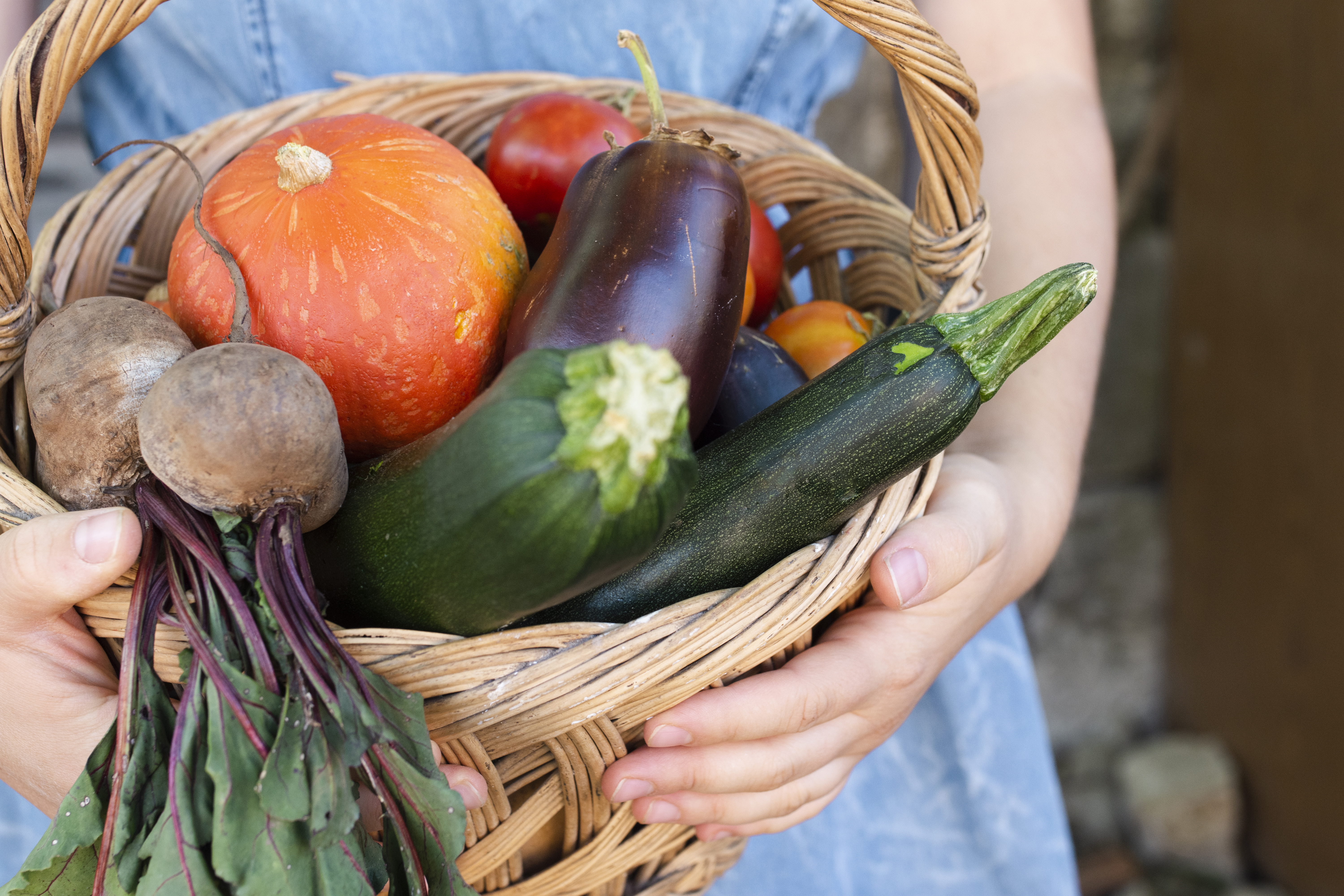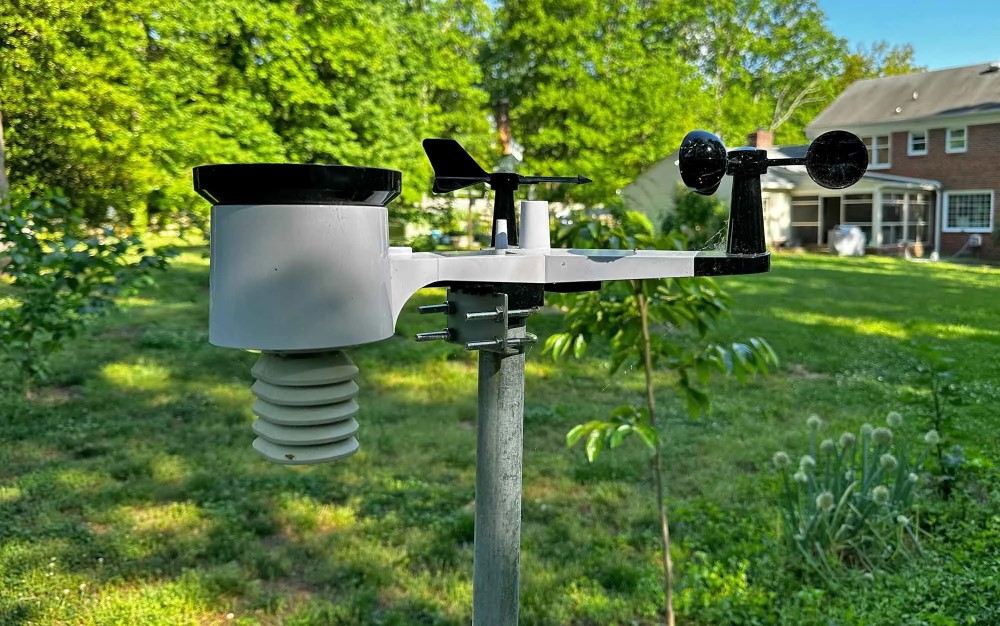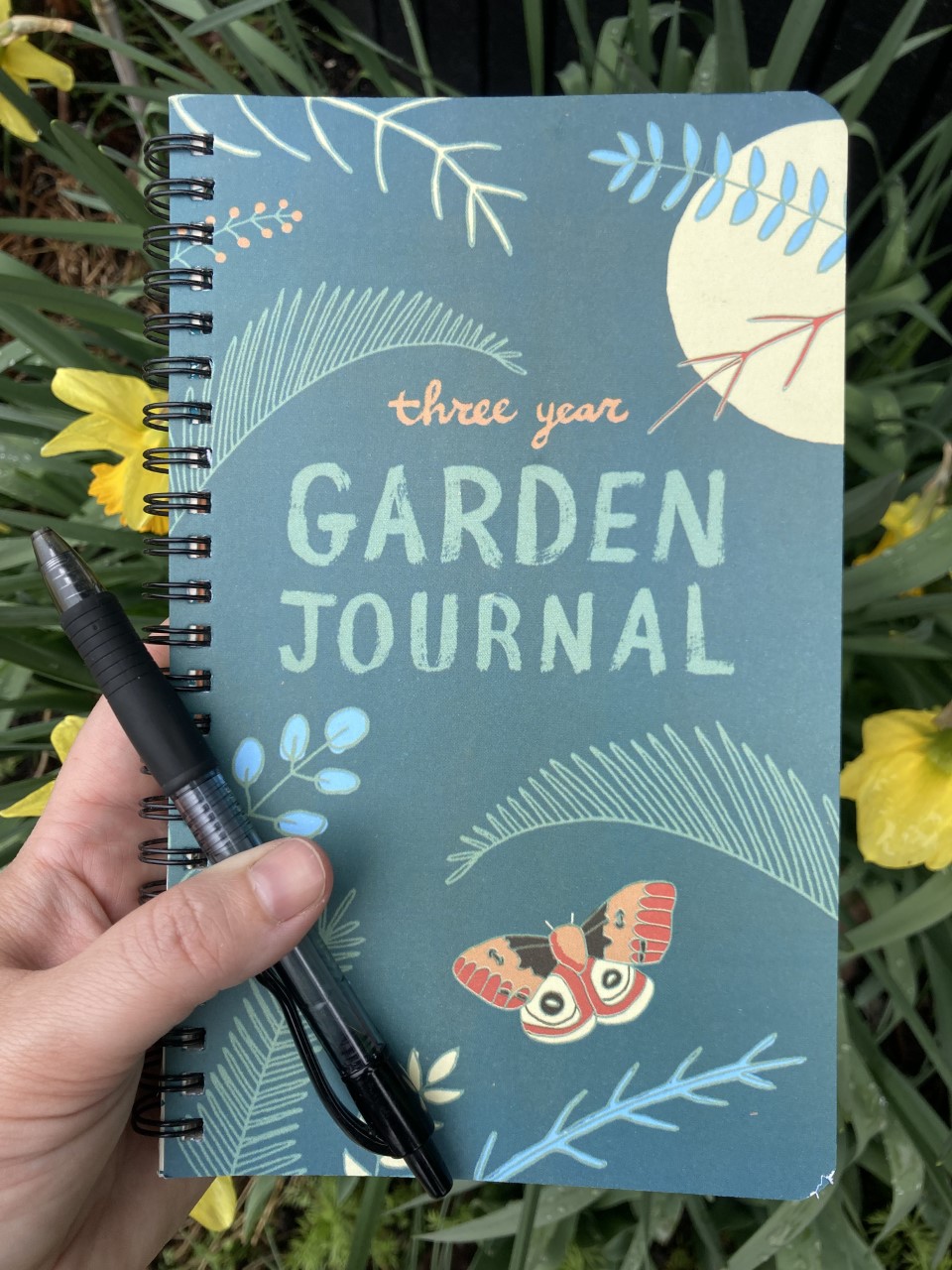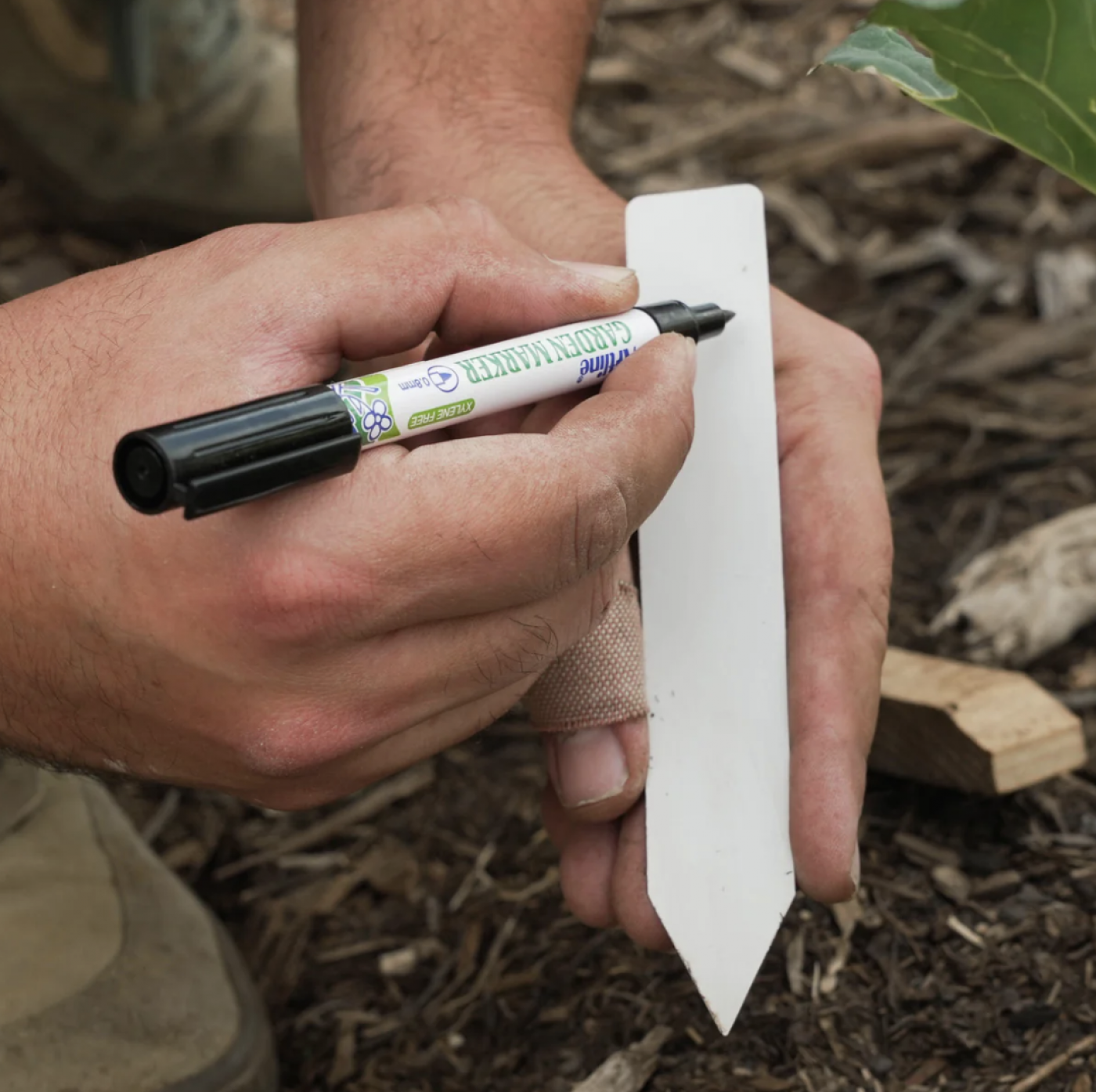· Younes · Garden Journaling · 3 min read
How to Document Harvests in Your Garden Journal
Harvesting is one of the most rewarding parts of gardening—it's when you finally enjoy the fruits (and vegetables!) of your labor. By documenting your harvests in a garden journal, you not only celebrate these milestones but also gain valuable insights to improve future gardening seasons. Learn what details to record, from harvest dates to growing conditions, and start telling the story of your garden's growth.

Harvesting is one of the most rewarding parts of gardening—a time to enjoy the fruits (and vegetables!) of your labor. Recording your harvests in your garden journal not only helps you celebrate these milestones but also provides valuable insights for planning future seasons. Here’s how to document harvests effectively in your garden journal.
Why Document Plants in Your Garden Journal?
Documenting your harvests helps you:
- Track Productivity: Understand which plants performed well and produced the most yield.
- Identify Trends: Recognize patterns, such as which varieties thrive in specific conditions.
- Plan Better: Make informed decisions about what to grow in the future based on your successes and challenges.
- Celebrate Achievements: Look back on your gardening journey and appreciate your hard work.
What to Record About Your Harvests:
1. Harvest Date Record the exact date you harvested each crop. This helps track the growing season length and compare year-to-year trends.
2. Crop and Variety Specify the plant type (e.g., tomato, zucchini) and variety (e.g., Roma, Black Beauty). This detail is essential for understanding performance differences.
3. Quantity Note how much you harvested, whether in weight (e.g., 2 kg of tomatoes) or count (e.g., 10 zucchinis). This data is invaluable for tracking productivity.
4. Quality Assess the quality of your harvest. Were the fruits or vegetables large, flavorful, or blemish-free? Include any observations that stand out.
5. Growing Conditions Briefly describe the conditions leading up to the harvest—weather patterns, watering routines, and any special treatments (e.g., fertilizers or pest control).
6. Challenges Document any issues encountered, such as pests, diseases, or unexpected weather events, and how they impacted the harvest.
7. Uses Record how you used your harvest—fresh consumption, preserving, sharing, or selling—and any notes on the results (e.g., taste, storage life).
Example Harvest Entry
Here’s an example of how you might document a harvest in your garden journal:
Date: August 15, 2024 Crop/Variety: Tomato – Roma Quantity: 3.5 kg Quality: Excellent; uniform size, rich red color, and very flavorful. Growing Conditions: Hot and sunny with consistent watering. Applied organic fertilizer once in late July. Challenges: Minor aphid infestation in June, controlled with neem oil. Uses: Made into tomato sauce for canning; flavor was exceptional.
Tips for Consistent Harvest Documentation
- Keep it Handy: Use a mobile app like Florish to quickly jot down harvest details while in the garden.
- Take Photos: Add pictures of your harvests to your journal to visually track your progress.
- Be Regular: Make it a habit to document harvests immediately after collecting them to ensure accuracy.
- Reflect Annually: At the end of the season, review your harvest records to identify lessons and successes.
Final Thoughts
Your garden journal is a powerful tool for improving your gardening skills and enjoying your progress. By documenting your harvests, you can celebrate your achievements, learn from your experiences, and make each gardening season better than the last. Start recording your harvests today and watch your garden’s story unfold!





